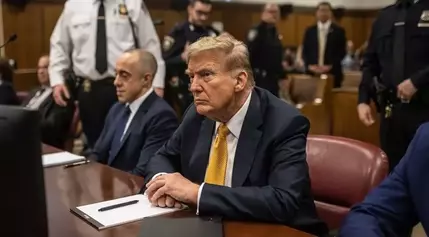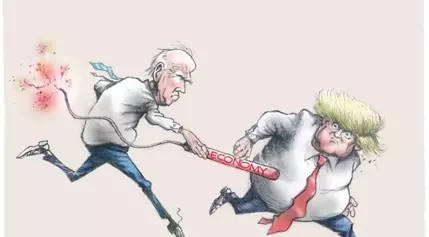Revitalizing American Currency: A Bold Vision for the Future
In a nation that prides itself on progress and innovation, the idea of updating our currency to reflect contemporary achievements has gained traction. The proposal to feature modern leaders on U.S. bills is not only symbolic but also a testament to the evolving spirit of the country. This article delves into the implications and potential benefits of such an initiative, exploring how it could honor significant figures while reinvigorating public interest in national symbols.
Transforming Our Nation's Symbols for a New Era
Redefining National Icons Through Currency Design
The concept of redesigning currency is not new; however, the current proposition takes it to unprecedented heights. By featuring influential leaders on denominations ranging from one to one hundred dollars, this initiative aims to celebrate recent accomplishments and inspire future generations. The two-dollar bill, for instance, could bear the image of a leader who has significantly impacted the nation’s trajectory. This move would not only commemorate their contributions but also serve as a daily reminder of the values they represent.Moreover, the inclusion of diverse personalities across various denominations would underscore the importance of recognizing different sectors of society. Each figure chosen would symbolize distinct aspects of leadership, governance, and societal advancement. This approach would ensure that the currency reflects a broader narrative of the nation’s progress and aspirations.Economic and Cultural Implications of Currency Redesign
Beyond symbolism, the economic and cultural ramifications of such a redesign are profound. Economically, the introduction of new designs can stimulate interest in collecting and preserving these bills, potentially boosting related industries. Culturally, it offers an opportunity to educate citizens about the individuals featured and their contributions to society. For example, placing a prominent leader on the two-dollar bill could reignite discussions about their policies and legacy, fostering greater civic engagement.Additionally, the redesign process itself can be a catalyst for innovation. It encourages collaboration between artists, historians, and policymakers, ensuring that the final product resonates with both historical significance and contemporary relevance. This collaborative effort can lead to a more inclusive and representative portrayal of national icons, enhancing the currency’s appeal and educational value.Public Perception and Acceptance of Currency Changes
Public perception plays a crucial role in the success of any currency redesign. While some may view the proposal as a necessary evolution, others might express reservations about altering long-standing traditions. Engaging the public through transparent dialogue and education is essential to garner support. Highlighting the benefits—such as increased collectibility and educational value—can help address concerns and build consensus.Furthermore, involving the community in decision-making processes can foster a sense of ownership and pride. Public forums, surveys, and consultations can provide valuable insights into which figures resonate most with the populace. This participatory approach ensures that the final design reflects the collective will and aspirations of the people, thereby enhancing its acceptance and impact.The Broader Impact on National Identity
Ultimately, the redesign of currency serves as a powerful tool for shaping and reinforcing national identity. By featuring contemporary leaders alongside historical figures, the nation’s currency can tell a more comprehensive story of its development and values. This inclusive approach not only honors past achievements but also acknowledges the ongoing contributions of present-day leaders.In conclusion, the proposal to update U.S. currency represents a bold step toward modernization and recognition of contemporary achievements. It offers an opportunity to celebrate diverse leadership, stimulate economic activity, and enhance public engagement. As the nation continues to evolve, so too should its symbols, ensuring they remain relevant and inspiring for generations to come.




















